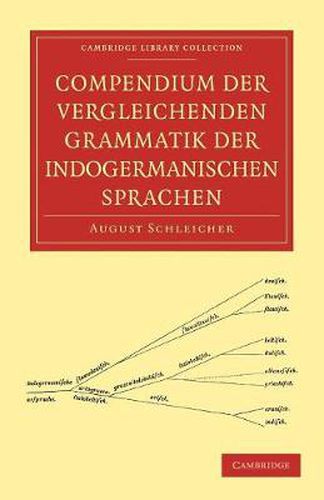Readings Newsletter
Become a Readings Member to make your shopping experience even easier.
Sign in or sign up for free!
You’re not far away from qualifying for FREE standard shipping within Australia
You’ve qualified for FREE standard shipping within Australia
The cart is loading…






August Schleicher (1821-1868) is often credited with being the first scholar to apply a ‘family tree’ model to language groups, and with taking an evolutionist approach to language even before Darwin published On the Origin of Species. Schleicher had published extensively on individual European languages, notably the first formal description of Lithuanian, by the time his ground-breaking comparative Indo-European Compendium appeared in 1861-1862. This book was derived from his lectures, and was intended to save his students note-taking and copying from the blackboard. Each section begins with his reconstruction of a Proto-Indo-European phonological or morphological feature, and then shows how this is reflected in a range of daughter languages including Sanskrit, Greek, Latin, Avestan, Gothic, Lithuanian and Old Irish. A substantial appendix provides comparative paradigms, and there is a detailed table of contents in lieu of an index.
$9.00 standard shipping within Australia
FREE standard shipping within Australia for orders over $100.00
Express & International shipping calculated at checkout
August Schleicher (1821-1868) is often credited with being the first scholar to apply a ‘family tree’ model to language groups, and with taking an evolutionist approach to language even before Darwin published On the Origin of Species. Schleicher had published extensively on individual European languages, notably the first formal description of Lithuanian, by the time his ground-breaking comparative Indo-European Compendium appeared in 1861-1862. This book was derived from his lectures, and was intended to save his students note-taking and copying from the blackboard. Each section begins with his reconstruction of a Proto-Indo-European phonological or morphological feature, and then shows how this is reflected in a range of daughter languages including Sanskrit, Greek, Latin, Avestan, Gothic, Lithuanian and Old Irish. A substantial appendix provides comparative paradigms, and there is a detailed table of contents in lieu of an index.